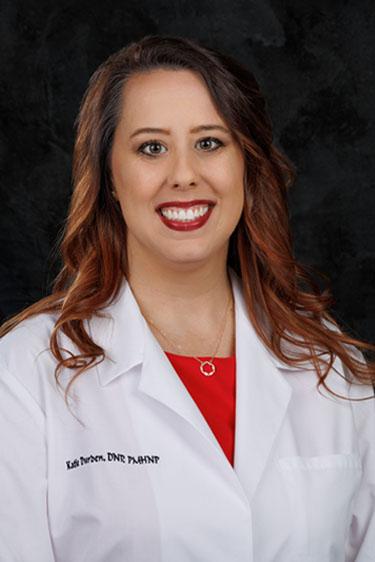
Depression that strikes in the late fall or early winter and eases in the spring and summer could be a sign of seasonal affective disorder, or “SAD.” This type of depression shows up more frequently in people who live far from the equator, like in the U.S., where there is less direct sun exposure year-round.
Cold, bleary days can make a lot of people feel sad and tired in the winter, but SAD is more than that—it’s a form of clinical depression. People with SAD may experience symptoms such as:
- Feelings of hopelessness
- Having consistently low energy
- Difficulty concentrating
- Sleeping too much
- Overeating and gaining weight
- Social withdrawal
Medication, vitamin D, psychotherapy and light therapy might help alleviate symptoms of seasonal affective disorder, says Katie Durden, DNP, PMHNP-BC, a board-certified, fellowship-trained psychiatric mental health nurse practitioner with Beaufort Memorial.
Tips to Manage SAD
Enjoy daylight as much as possible. The lack of sun exposure is part of what triggers SAD. Exposure to daylight can lessen your symptoms. Try getting out for a walk during daylight hours, sit by a window or use a light that mimics sunshine (full-spectrum light).
Be proactive. "If you tend to experience the same symptoms each year, try to get ahead of it by planning out a schedule in advance to keep active and engaged," Durden says.
Eat healthily. Look for hearty, low-calorie recipes to replace comfort foods. Focus on treats made from seasonal fruits like apples and pears instead of cookies and cakes.
Stay active. Just as it does for other forms of depression, exercise can help with SAD too. Other ways to be active are volunteering for a local cause, joining a club or planning a get-together with friends.
Keep a journal. Writing about your thoughts, feelings and concerns can have a positive effect on your mood. Take 15-20 minutes each evening to reflect on the day. This may also help you sleep if you find you often lay awake ruminating.
Spend time with your friends and family. Let them know how the season is affecting you so they can offer support.
Seek professional help. If you continue to struggle with feelings of depression, you should speak with your primary care provider. They can work with you on treatment and determine if you'd benefit from the help of a mental health professional. Psychotherapy, such as cognitive behavioral therapy, has been shown to be an effective treatment for SAD, and may have more long-term benefits than light therapy – daily use of an artificial bright lamp – or antidepressant medication.
Don't have a primary care doctor? These providers are all accepting new patients.
Updated: April 2025

